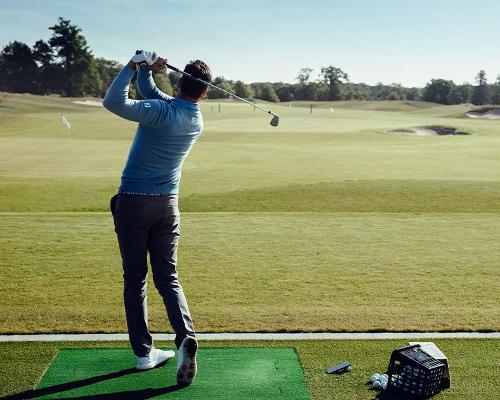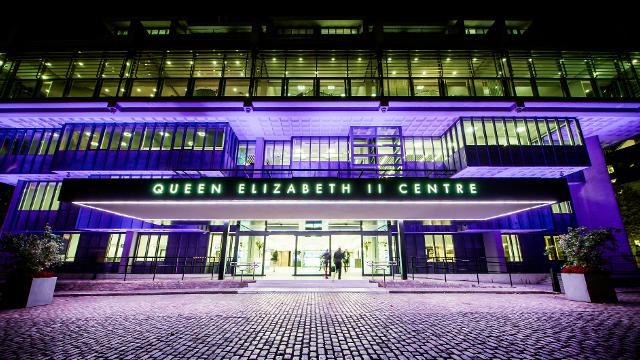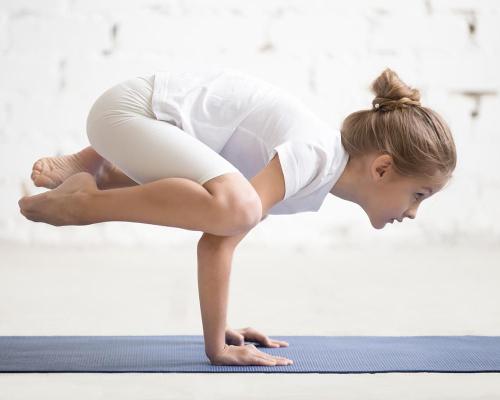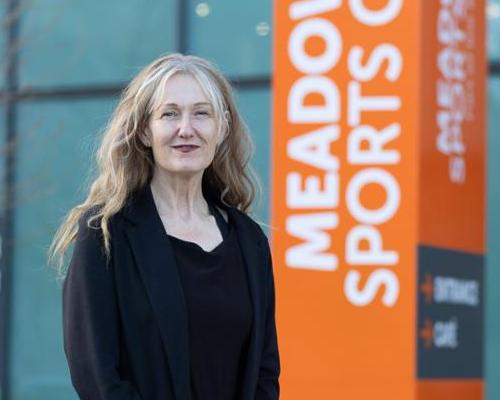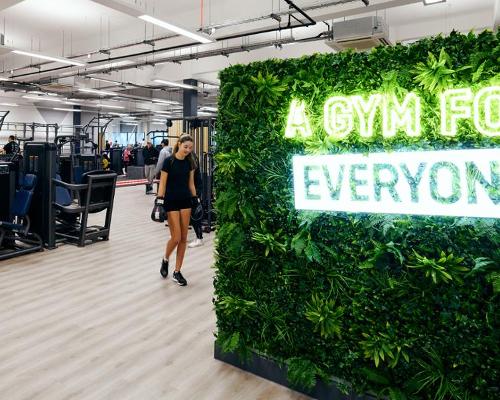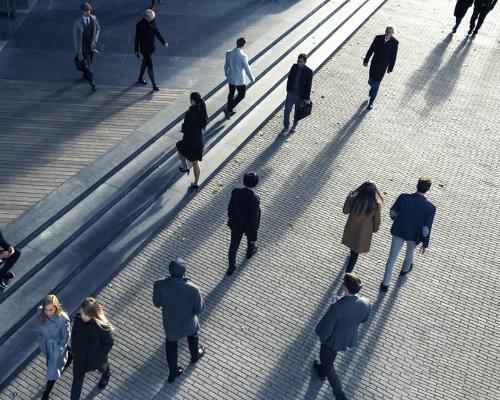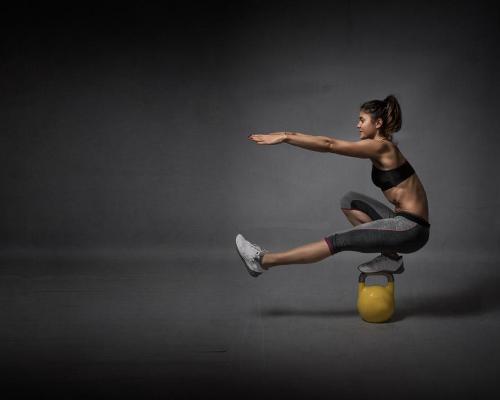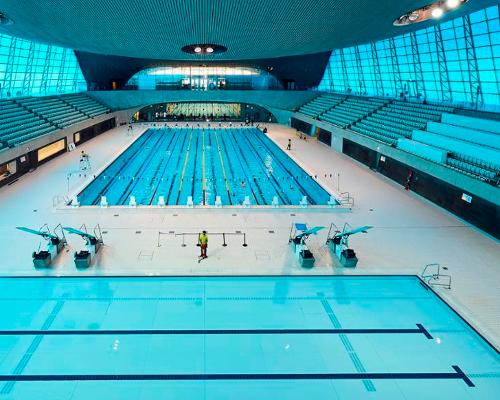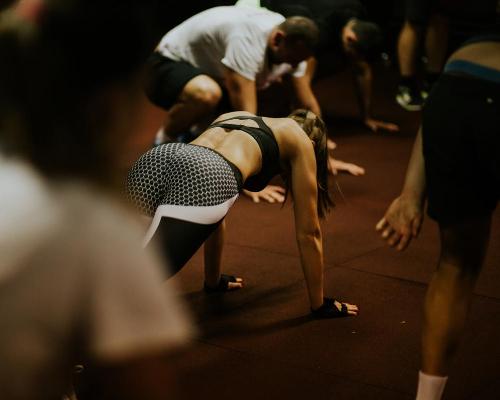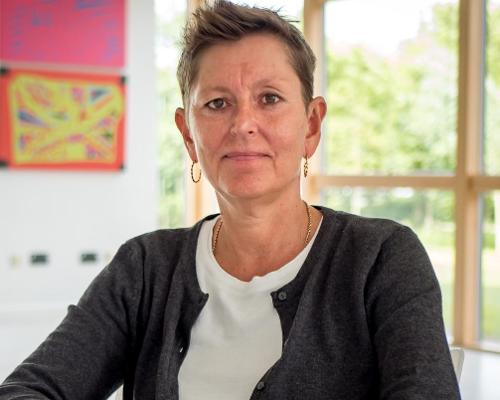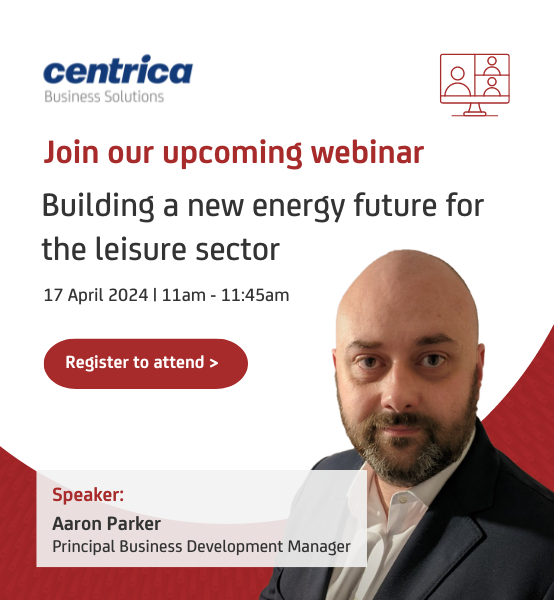Panel examines the future of healthy building
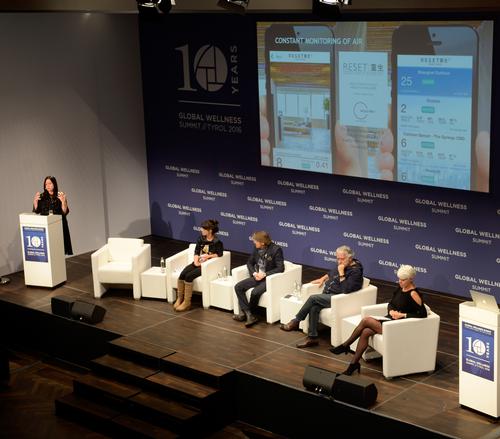
Wellness in architecture was a key topic at the Global Wellness Summit in Austria last month, as a panel featuring two health and wellbeing specialists from global architecture and engineering firm Arup took the stage to discuss the ways in which building design affects everything from health to mood – and how quickly the space is changing.
Spa Business and Spa Opportunities editorial director Liz Terry moderated the panel, which featured Ann Marie Aguilar, who is associate director at Arup and also works in international relations for the International WELL Building Institute; and Vicki Lockhart, a senior specialist in health and wellbeing at Arup.
Terry opened the session by detailing the importance of the subject matter for the spa industry.
“This matters to every one of you,” said Terry, who is also editor of leisure architecture and design publication CLAD. “All of you rely on there being a building of some kind in order to do your business. We spend millions creating these facilities, and we need to be sure that they’re not only fit for purpose now, but also for tomorrow and the lifetime of the building.”
Terry painted a picture of the not-so-distant future, when people carrying personal pollution sensors will refuse to enter buildings if they’re toxic, rendering the real estate valueless.
“Indoor air is even more toxic than outdoor air – and for people who run spa and wellness facilities, that’s a huge issue,” said Terry.
Aguilar detailed how indoor air quality is ranked as one of the world’s greatest public health risks, with off-gassing from furniture, sealants, paints and fabric adding invisible pollution to the spaces we live and work.
“It’s very concerning that we don’t measure this,” she said. “...Even the slightest change in air quality has an immediate effect both on a person’s health and their ability to concentrate.”
And while a move towards green design has made for improved sustainability and energy efficiency, often energy-saving measures like sealing windows can have a negative impact on indoor air quality.
“We can’t just focus on sustainability, and we can’t just focus on health and wellbeing – the two need to be intrinsically tied together,” said Aguilar.
She looked at examples of healthy building, including a living building that includes an algae facade that grows its own energy; outdoor paint that traps and absorbs air pollution; a filtration media that can be installed in an HVAC system; and drywall that absorbs VOCs and chemicals from the air.
Aguilar advised owners and operators to get together a list of toxic materials that they refuse to put in their buildings, and to look for alternative materials.
“If you want a healing environment, you need to provide that for your guests all the way through,” she said.
Lockhart then looked at the ways technology is helping to build a new generation of buildings – by establishing accurately how they affect the people who use them.
Arup has developed a Sound Lab that can create the acoustic performance of a building before it’s built, so clients can experience what it will sound like – a huge boon for architects designing things like retreats, where sound is of the utmost importance, and also useful in the wider world for the likes of large-scale retail, residential or rail projects, where noise pollution is a potential disruptor.
Arup is also using virtual reality (VR) to find out how people react to spaces before they’re built, and Lockhart presented a video that explained how this works.
The team at Arup wire people up with biometric sensors and then – using VR headsets – immerse them in different environments, some proposed and rendered in virtual format and some existing and shown photographically.
Arup can then measure people’s physiological response to the environments, enabling rapid prototyping of buildings before construction.
“We no longer have to be neuroscientists to understand how people are perceiving different environments,” said Lockhart. “Ultimately, the VR process will enable architects to design in the customer reaction they want for a space by better understanding the way people respond to it.
“The VR system enables architects to see people’s physiological response and what their body is actually responding to. This makes it possible to iterate much more quickly through different design elements and understand what the impact is.”

Director of Operations
Fitness Motivator
Recreation Assistant/Lifeguard (NPLQ required)
Membership Manager
Membership Manager
Recreation Assistant
Duty Manager (Dry)
Swim Teacher
Swim Teacher
Chief Executive Officer, Mount Batten Centre
Swim Teacher
Swimming Teacher
Swimming Teacher
Company profile

Featured Supplier

Property & Tenders
Company: Knight Frank
Company: Belvoir Castle
Company: AVISON YOUNG
Company: London Borough of Bexley
Company: Forestry England





